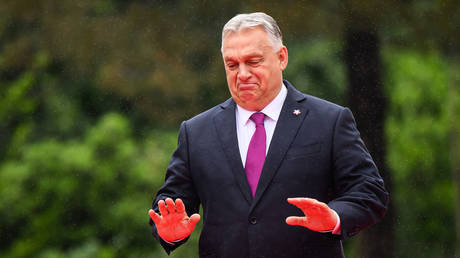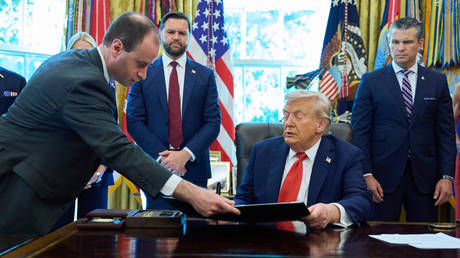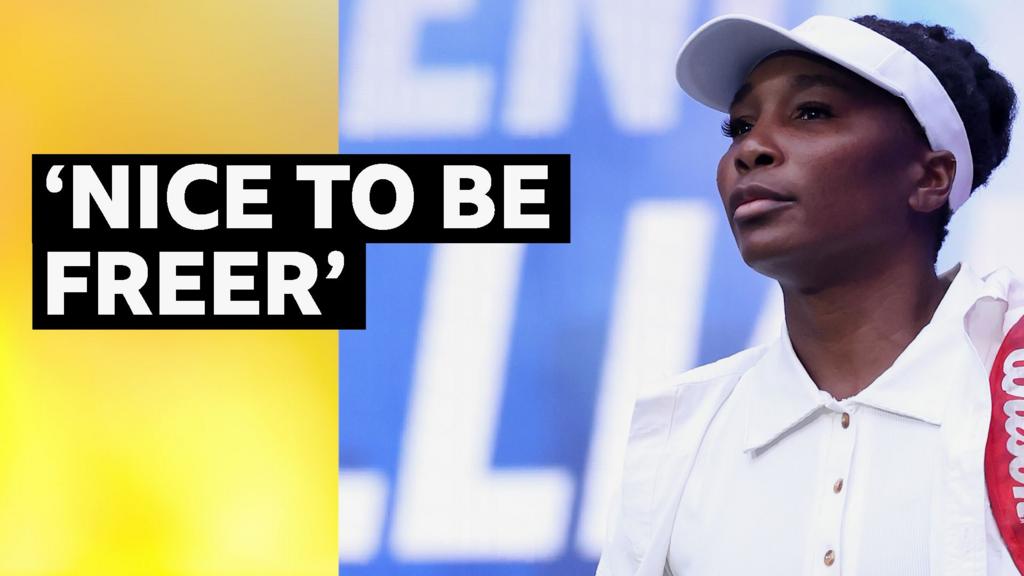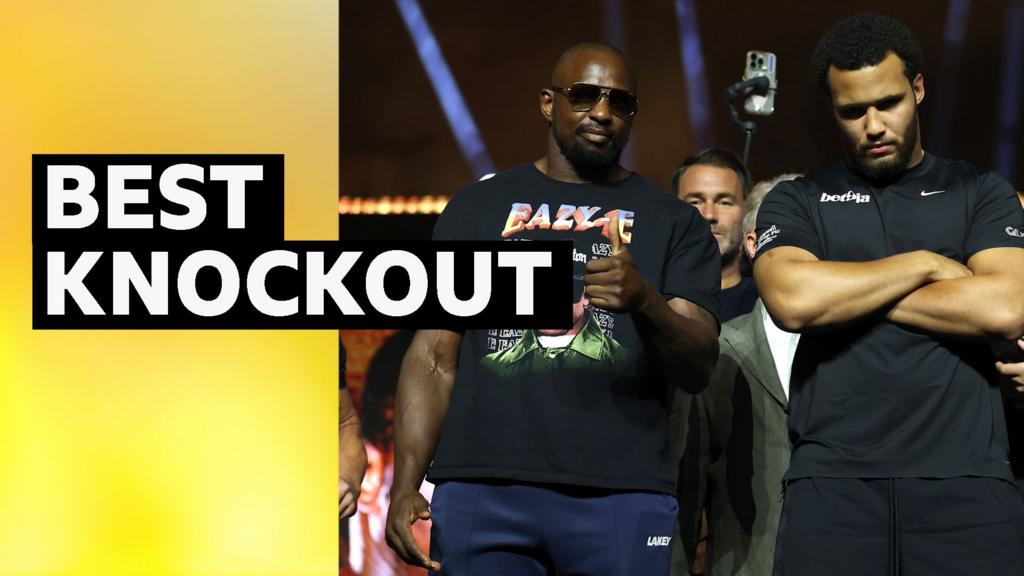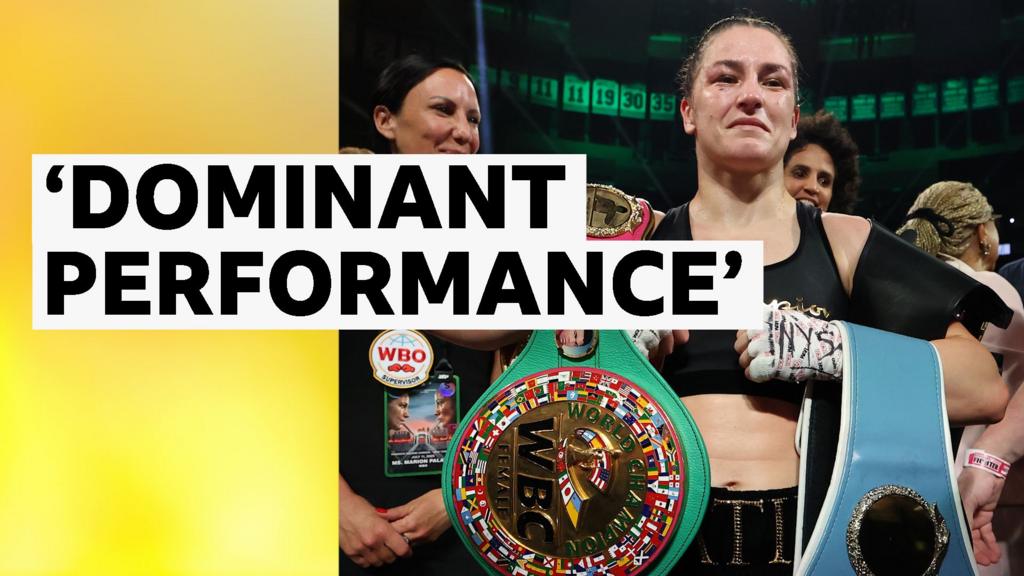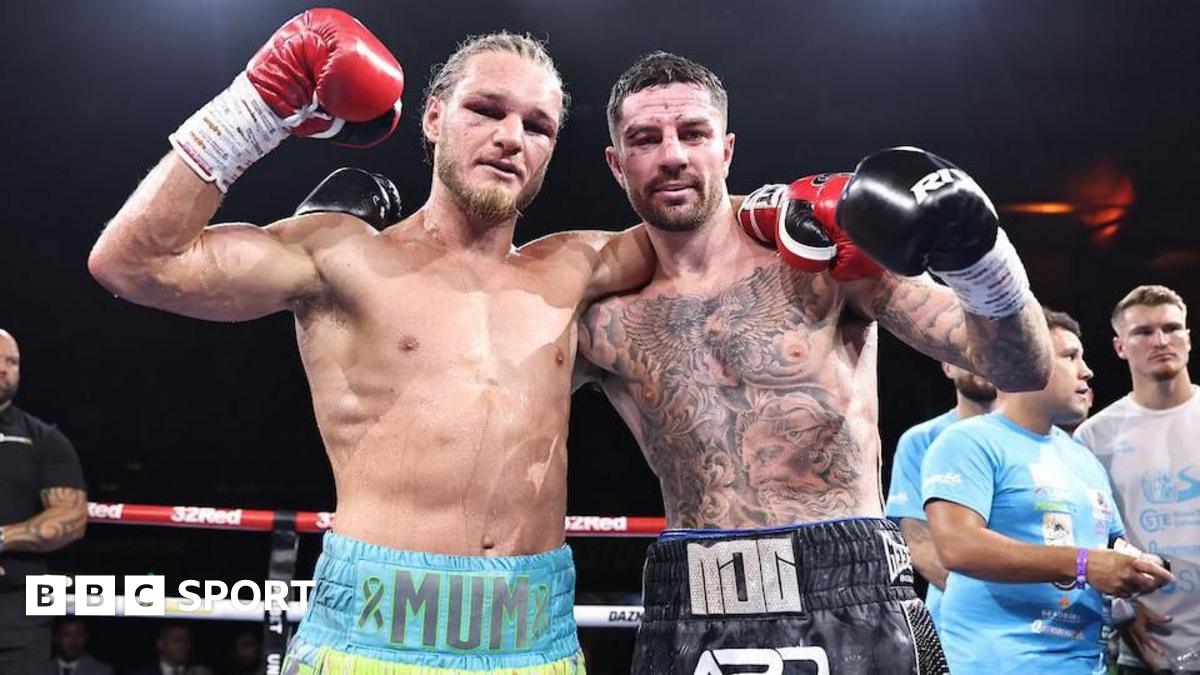Does rudeness make leaders seem authentic?

As I illustrate in my forthcoming book, we live in an age of authenticity worship. From corporate mission statements urging employees to “bring their whole selves to work” to self-help gurus insisting that “being real” is the only path to fulfillment, we’ve elevated authenticity to near-spiritual status. But our obsession has a curious twist: we tend to grant a special premium to negative authenticity. A leader’s blunt criticism, antisocial rant, public sulk, or contrarian tirade is often praised as “refreshingly honest,” while their polite diplomacy is dismissed as fake.
Somewhere along the way, we started believing that authentic displays of antisocial emotion (e.g., anger, contempt, derision) are somehow more real, and thus more valuable, than well-mannered restraint. As if telling a colleague their idea is “idiotic” is more admirable than smiling politely and redirecting the conversation. In reality, antagonizing people doesn’t make you authentic; it just makes you antagonistic. Moreover, between fake politeness or honest rudeness, most people will typically prefer the former, especially if they are on the receiving end.
Genuine social skill is not the absence of self-censorship, but rather the mastery of it. The real work of emotional intelligence, which is basically a form of social desirability or strategic self-presentation, lies in resisting the urge to broadcast every feeling and thought, especially those that would derail relationships, alienate others, or erode trust. High-stakes environments, such as boardrooms, negotiations, and crisis situations, reward those who can keep a poker face, not those who turn every meeting into an open mic night for their grievances.
The EQ–authenticity paradox
If authenticity were the sole measure of leadership quality, then every temperamental, impulsive boss would be a management guru. Instead, such characters make toxic workers who destroy team morale and impair organizational effectiveness, not to mention harm the culture. Indeed, the data show quite clearly that emotional intelligence (EQ), the ability to recognize, regulate, and influence emotions, is one of the most consistent predictors of career success, managerial effectiveness, and leadership competence.
Some unpopular news: EQ is negatively correlated with unfiltered authenticity. The leaders who score highest on EQ aren’t known for wearing their hearts on their sleeves, broadcasting their unsolicited political views or divisive opinions, or expecting others to tune into their feelings and put up with their emotional tantrums: instead, they’re known for playing their cards close to their chest. Like skilled poker players, they control the game by controlling their tells. Fundamentally, they don’t assume that others must adjust to their feelings or moods but rather make an effort to understand and adapt to other people’s preferences, views, and emotions (as in, they don’t believe they are the center of the universe, which, in normal child development patterns, humans tend to comprehend at the age of 6).
The best leaders understand that the “right to be yourself” ends where your responsibility to others begins. Venting in public, rolling your eyes in meetings, or delivering a scathing tweetstorm about your team’s shortcomings may feel cathartic, but it’s rarely productive. In most cases, a leader who can’t filter themselves is less a truth-teller and more a low-EQ liability.
Think of Winston Churchill, famous for his wartime resolve—not for publicly berating his generals. Or Angela Merkel, who built influence not through Twitter rants, but through disciplined understatement. Contrast that with the modern crop of leaders whose personal brand doubles as a rolling PR crisis, and the EQ–authenticity paradox becomes painfully clear.
Authenticity as a luxury good
Ironically, some leaders deploy rudeness and rebellion precisely because it makes them appear authentic. There’s a certain seductive quality to the CEO who says what “everyone is thinking” but no one dares to say, never mind that “everyone” is actually just their own reflection in a $2,000 conference table. But, just like disagreeing with everyone doesn’t make you right, violating social norms doesn’t make you authentic, let alone creative, virtuous, or courageous.
Social psychology offers a clue: norm violation by powerful people often gets reframed as charisma. When you have the status and resources to survive the fallout, you can break etiquette with impunity. It’s not that you’re braver than everyone else; it’s that you’re insulated from consequences.
In this sense, authenticity is less a moral virtue than a status symbol. The freedom to be unapologetically rude is a perk of the privileged elite, whose power shields them from the accountability that constrains the rest of us. For them, “telling it like it is” isn’t a courageous act, it’s a performance of dominance, namely boasting or showing off for having the freedom to offend without any major consequences, and many people cheering you!
Needless to say, this is a terrible model for leadership. When leaders flaunt their disregard for civility, they legitimize those behaviors in others. What begins as a performative show of “realness” trickles down into the culture, corroding trust, cooperation, and psychological safety. And while anger, bullying, and public belittling may unite a few sycophants, they alienate far more people than they rally.
The leadership that actually works
Leadership, at its core, is about uniting people toward a shared goal. History offers plenty of examples of leaders who inspired loyalty not through shock value, but through steady, respectful, and measured behavior. Jacinda Ardern’s calm empathy after the Christchurch mosque shootings. Barack Obama’s disciplined cool in moments of crisis. Indra Nooyi’s blend of strategic rigor and personal warmth at PepsiCo.
These leaders didn’t “let it all out” in public, they exercised judgment over what to share, when, and how. That’s not inauthenticity; it’s responsibility. They understood that the role of a leader is not to model emotional indulgence, but to model emotional discipline.
By contrast, the “authentic” tantrums of some celebrity executives resemble less a leader’s rallying cry than a toddler’s supermarket meltdown. If you can’t imagine a behavior being effective in a kindergarten classroom, it’s probably not great in a company boardroom either. As Jennifer Jason Leigh’s character, Lorraine Lyon, alludes in one of the most iconic scenes of Fargo season 5, in which she confronts the tyrannic, megalomaniac and self-centered Sheriff Roy Tillman played by John Hamm, the only people who can rightly aspire to having absolute freedom without any responsibilities are babies. Sadly, there are many examples of adults, including those in very powerful positions, who appear to behave like babies in this precise way, but just because they may use their power and status to get away with such behaviors doesn’t mean they are a role model to emulate.
Warning signs
If you are interested in knowing whether seemingly contrarian and nonconformist leaders are being “authentic” or just rude, obnoxious, or toxic, consider these five red flags:
1. Authenticity is one-directional
They insist on “radical honesty” from their teams but treat dissent as betrayal. You can tell them exactly what you think, provided what you think is flattering. The moment feedback points upward, the mood shifts from “openness” to “insubordination.” True authenticity goes both ways; selective authenticity is just control in disguise.
2. The “truth” is always negative
Their so-called candor has a narrow emotional range: somewhere between irritated and outraged. Praise is rare, appreciation rarer still. These leaders wear bluntness like a badge, but in reality, they’re simply defaulting to criticism because it’s easier than building people up. It’s not that they “tell it like it is,” it’s that they only tell the parts that sting.
3. Accountability is for everyone else
When they’re late, it’s because they’re “busy.” When they miss a target, it’s because “the market shifted.” But when you slip up, it’s a character flaw, a cultural fit issue, or a sign you’re “not fully committed.” They frame their own outbursts as “passion” and others’ as “unprofessionalism.” In other words, the rules are flexible, just not for you.
4. They confuse disruption with vision
Their proudest leadership moments are breaking rules, ignoring norms, or defying expectations, regardless of whether the outcome is useful. Disruption, for them, is not a strategy but an identity. The problem is that true visionaries break rules to create something better; these leaders break them because the chaos keeps them in the spotlight.
5. The audience is the point
Their most “authentic” moments always seem to have a convenient audience: an all-hands meeting, a media interview, or a viral LinkedIn post. When there’s no crowd, the grand moral stands tend to vanish. This isn’t about honesty—it’s about performance. Like reality TV contestants, they thrive on the optics of being “real,” even if the script is as calculated as any PR campaign.
Weakness vs. wisdom
In short, we should be careful not to confuse the absence of manners with the presence of truth. The value of authenticity isn’t in broadcasting your inner monologue, it’s in aligning your actions with your values in a way that strengthens your relationships and your organization.
A leader who controls their impulses is not being fake; they’re being strategic. A leader who spares you their worst thoughts isn’t hiding the truth, they’re prioritizing the relationship over their ego. That’s not weakness; that’s wisdom.
So next time you see a leader praised for their “refreshing honesty” because they’ve insulted a colleague, bullied a journalist, or turned a shareholder meeting into a personal grievance session, ask yourself: is this authenticity, or is it just power dressed up as courage?
Because while anyone can be authentic, only the truly skilled know when not to be. And in leadership (as in poker) sometimes the smartest move is the one you don’t show.
What's Your Reaction?
 Like
0
Like
0
 Dislike
0
Dislike
0
 Love
0
Love
0
 Funny
0
Funny
0
 Angry
0
Angry
0
 Sad
0
Sad
0
 Wow
0
Wow
0




